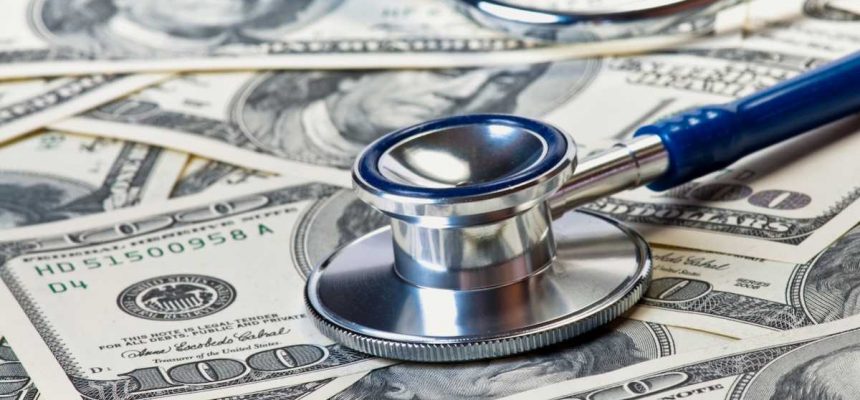White House Unveils First Steps to Relieve Medical Debt
By Consumers for Quality Care, on April 28, 2022

The White House released a four point plan to reduce America’s medical debt, which includes the Department of Health and Human Services (HHS) requesting provider data on billing practices and evaluating its impact on access to care and affordability, according to Healthcare Dive.
Under the plan, HHS will request data from 2,000 providers on their bill collection practices, lawsuits against patients, financial assistance offerings, and debt buying practices. HHS will then use this information in grant determinations, as well as develop policy recommendations for consideration and implementation.
In the United States, medical debt is the largest source of debt in collections, and this issue has only been exacerbated by the COVID-19 pandemic. Even the prospect of facing medical debt can lead consumers to avoid seeking routine medical appointments, preventing consumers from getting the care they need.
Chief among the Department’s tasks is to identify and eliminate predatory and aggressive billing behaviors. “The federal government pays roughly $1.5 trillion a year into the health care system to provide patients with quality care and services,” the White House said in a release. “Providers receiving that funding should make it easy for eligible patients to receive the financial assistance they are entitled to, and should not directly or indirectly subject patients to illegal and harassing debt collection practices.”
However, as Axios reports, the White House plan does not go far enough to address the underlying causes of medical debt and may even have unintended consequences. Medical debt can arise for a variety of reasons, including from insured patients who cannot afford deductibles, co-payments, and other out-of-pocket costs that are rising with the underlying cost of care. The plan to alleviate medical debt could impact consumers’ future access to health care.
“Policymakers should be cognizant of potential unintended consequences that could undermine some of their goals. Lenders may find ways to proxy for the hidden medical debt or try to avoid consumers likely to have them,” said the American Enterprise Institute’s Ben Ippolito. “These policies may also reduce payment rates, which could affect providers’ willingness to treat certain patients.”
CQC applauds the administration’s effort to tackle medical debt, which impacts so many consumers, but also urges the administration to address the underlying causes of medical debt.



